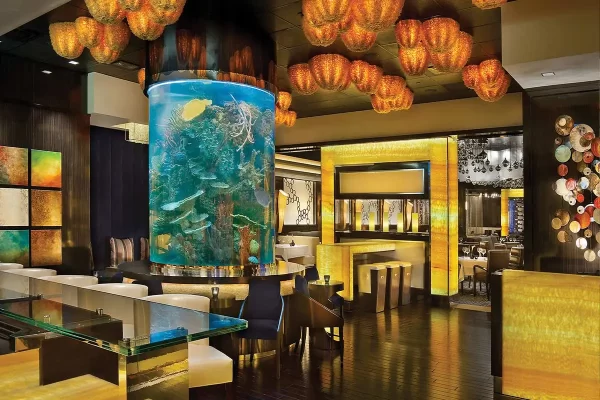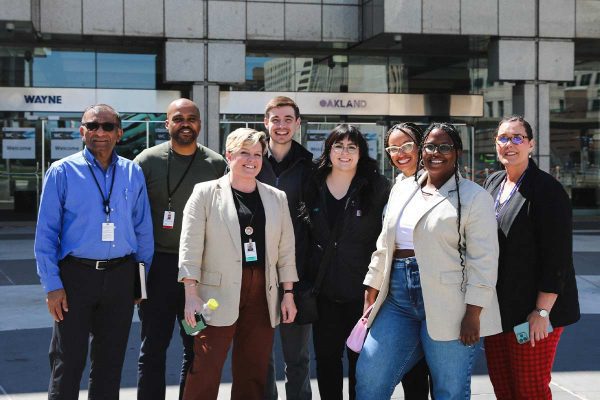With technology creeping its way into every corner of the tradeshow industry, the International Association of Exhibitions and Events (IAEE) recently conducted research on two timely topics in the tradeshow industry: Virtual Events and Wi-Fi connectivity.
By conducting this research, the IAEE is attempting to stay ahead of current trends and anticipate which industry questions are going to need to be answered in the near future.
The results of the Wi-Fi study examined the differences between how show organizers, exhibitors and facility managers view some key issues surrounding the growing use of internet connectivity in exhibition centers.
Recent technology estimates suggest that 30 million tablet computers will be sold this year in the United States, and 60 million will be sold in 2012.
According to the IAEE, the extraordinary expansion of these devices that depend upon Wi-Fi networks for connectivity are creating new stresses for exhibitors, attendees, show organizers and facilities who participate in the more than 10,000 exhibitions that take place each year in the United States.
“The Wi-Fi survey report is another example of how IAEE has initiated important research into contemporary issues that require new solutions,” said Vinnie Polito, IAEE Chairman. “We want to develop new thinking and new solutions about internet connectivity at exhibitions and events, and we think the time to craft solutions is now, before things get out of control.”
The Wi-Fi study aimed to capture popular opinion about who should pay the bill for Wi-Fi access when it is supplied by the exhibit facility. The difference of opinion among organizers, exhibitors and facility managers is not yet so dramatic as to prevent agreement on key issues, but some differences do exist.
The study found that 90 percent of show organizers believe that attendees should be able to receive free Wi-Fi, but only 48 percent of facility managers agreed. However, 66 percent of facility managers believe that Wi-Fi is an amenity that must be paid for by some combination of show managers, attendees or exhibitors.
Show organizers also have differing opinions about Internet access. Only 11 percent say it should be provided at no cost in public spaces and that show organizers and exhibitors should pay fees to use the service in exhibit halls. On the other hand, 44 percent feel that they are entitled to free Wi-Fi throughout the building.
The IAEE plans to encourage industry organizations to come together to develop new Wi-Fi best practices, guidelines and protocols to ensure fair access to all users as bandwidth continues to become more crowded and chaotic.
Virtual events are not a threat
In collaboration with the Center for Exhibition Industry Research (CEIR), the IAEE also recently funded the Virtual Event Study to capture data on the extent of adoption of and future plans to hold virtual events.
There has been a fear in the industry that virtual events were going to be a threat to the face-to-face market as they grew in popularity.
However, according to the Virtual Events Study, more than 59 percent of past and 65 percent of future virtual event organizers say their virtual events are affiliated with a physical event.
The fear that physical events are under risk of being overtaken by virtual events does not appear to be a concern with the study respondents. Instead, the findings uncovered that organizers and corporate brand marketers use virtual event technology to mostly compliment physical events.
John Galante, president of Association Event Ventures, a company that develops and manages events for associations, spoke about a lack of value for attendees when it comes to virtual events in a case study published with the IAEE research.
“I think it under delivers,” said Galante. “(With) the language that is being used, people are expecting the same vibrancy of communication that they get face-to-face. We are a long way from doing that with the existing virtual event. What attendees find is a glorified website with maybe some ability to chat. But that just does not have the same feeling, the same spontaneity, the variable to use our wits, to understand who we are talking to and whether they are a valuable person to speak to. With the face-to-face experience, an organizer can infer who someone is based on the way they are dressed, who they are interacting with, what they say at a conference, and there is a certain comfort level in approaching them to create a peer connection.”
The study also found that the optimal online event experience is still an elusive idea to capture and that what is included in a virtual
event for its participants is still far from definitive. The most prevalent features are video, chat and webcasts, but the actual replication of a physical exhibit floor in the virtual space is still not that prevalent.
“A lot of experimentation is happening in this area,” said Nancy Drapeau, PRC, CEIR research director. “Content and the business model for virtual events are evolving. At the same time, the reason for launching a virtual event is consistent; more than eight out of 10 past and future virtual event organizers are striving to reach a larger audience.”
As the study suggests, it seems that combining the virtual element with a physical event is still the best way to accomplish that goal.
IAEE’s Virtual Event Study and Wi-Fi Study Report are available at www.iaee.com.































